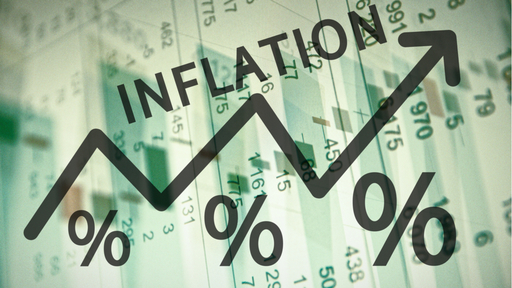On inflation – John Cassidy in The New Yorker:
‘Inflation is now higher than virtually anyone predicted, and, over the past year, prices have risen faster than wages, which increased by 4.8 per cent. Add in that gas prices are roughly fifty-per-cent higher than a year ago and it’s not surprising that Biden’s economic approval ratings are lagging—despite a healthy growth in employment and household incomes. In a statement on Friday, the President pointed out that the economy has created nearly six million jobs over the past year, and that new unemployment claims have recently fallen to their lowest level in a half century. Moreover, there is an important caveat to the news about wages. For many workers at the bottom of the income ladder—that is, the ones who need a pay raise the most—wages have risen faster than prices. In the leisure-and-hospitality industry, between November, 2020, and November, 2021, average hourly wages went from $14.70 to $16.67. That’s a jump of more than thirteen per cent, or roughly six per cent after inflation. After decades of wage stagnation for these low-wage workers, this represents a dramatic change.’
(…)
‘On a seasonally adjusted basis, the prices of new vehicles increased by 1.1 per cent between October and November, and the cost of used vehicles rose 2.5 per cent. Energy prices rose by 3.5 per cent, with the biggest increases coming in gasoline and fuel oil. By contrast, the price of non-energy services increased by 0.4 per cent, the same increase as in the previous month. “If you look out to next year, twelve months from now, you are likely going to see much lower goods-price inflation and somewhat higher services-price inflation,” Daco said. “But, on net, you will see substantially lower inflation.” Echoing Biden’s point about gas prices, Daco also predicted that the headline inflation rate would start to fall as early as this month. Since the end of October, the price of crude oil has dropped by more than ten dollars a barrel on world markets, which is now resulting in slightly lower prices at the pump. According to A.A.A., the average price of gasoline nationwide is $3.34 a gallon, compared with $3.42 a month ago. “In the December inflation report, you are going to see disinflation in energy prices,” Daco said. “We think the peak in the headline rate of inflation is now.” By February, Oxford Economics forecasts, the inflation rate will edge down to 6.3 per cent. In June, it will be 4.1 per cent, and in November, 1.9 per cent. The forecast shows the “core” inflation rate, which excludes volatile energy and food prices, moving in the same direction, though a bit more slowly. It peaks in February at 5.2 per cent, before falling to 3.2 per cent in June and 2.2 per cent in November.’
(…)
‘To be sure, this scenario involves big ifs. When I asked Daco what would make him reconsider his benign inflation forecast, he pointed to two dangers: a sharp rise in inflation expectations or a further pickup in wage growth. If both these things occurred simultaneously, they could generate a damaging wage-price spiral. So far, Daco insisted, he hasn’t seen persuasive evidence of either. “Let’s see what wage growth is six months from today,” he said. “I wouldn’t be surprised if by the spring it is starting to edge down.”’
Read the article here.
So far again for predictions. A lot depends on inflation expectations, the casino of the forecasters is a delightful casino.
Is there such a thing as wisdom of the crowds? It seems that the economists whose biggest fear is inflation have become much more modest the last couple of years.
